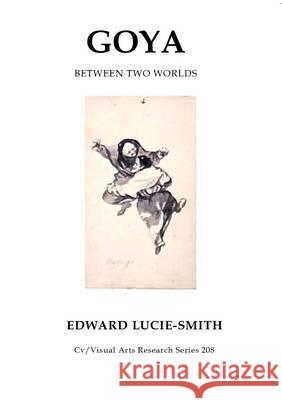Goya: Between Two Worlds » książka
Goya: Between Two Worlds
ISBN-13: 9781910110270 / Angielski / Miękka / 2023 / 50 str.
Goya - the Witches and Old Women Album', now on view at the Courtauld Gallery in London, is fascinating for many reasons. It is a brilliant example of painstaking detective work. The long separated drawings of this album, which dates from 1819-23, have been brought together in their original sequence. Only one sheet, out of 23, now appears to be missing. It also represents a bridge between once traditional ideas about art and those we have now. Some of its roots are in the long-established tradition of personal caricature, and the related tradition of grotesque genre portraits of the poor and disadvantaged. Remote, but still present, are echoes of the little grotesque figures made in Hellenistic Alexandria. One can also see traces of influence from 17th century and later caricature drawings - those made, for example, by Guercino and Pier Francesco Mola. Even more strongly visible are what Goya owed to the drawings made by Giandomenico Tiepolo - the Punchinello series in particular.Giandomenico lived and worked in Spain from 1762-70, as assistant to his father, G.B. Tiepolo.What is highly original is the fact that these drawings, often extremely ambiguous in meaning, form a meditative sequence, not apparently intended for public consumption, but entirely self-reflexive. They record the artist's dreams and fantasies, but strictly for his own contemplation. As such they represent a major psychological breakthrough, a next step forward from the late self-portraits of Rembrandt. Their successors are the images created by major Surrealist artists such as Salvador Dali and Max Ernst. The exhibition enables us to see our contemporary ideas about the nature of the self at the very moment of their first formation. These are the issues Edward Lucie-Smith will discuss in his text about this pioneering show, which not only reconstructs Goya's long-dispersed album, but places it in the context of other drawings and prints by the same great artist.











